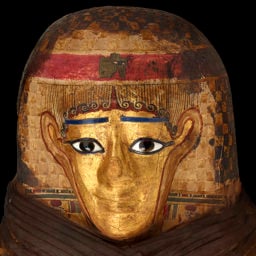A team of Egyptologists at Manchester University have made a fascinating discovery in the study of the mysterious practice of ancient Egyptian animal mummification, the Daily Telegraph reports.
Scan technology, normally used in the medical industry, revealed that almost a third of over 800 scanned artifacts—including mummified cats and crocodiles—contain no actual animal remains. Instead the artifacts are stuffed with mud, reeds, sticks, and eggshells.
“The early preconception—and for quite some time afterwards—was that these empty mummies were fakes, but we now believe that there is more likely to be much more to it,” Lidija McKnight, an Egyptologist at the University of Manchester told the Telegraph.
“What is more likely to have mattered is that the outside of the mummy looked recognizable to the gods to which it was offered,” McKnight added.
Animal mummies are thought to have been used as religious offerings, in contrast to human remains, which were preserved for the afterlife. The sale of animal mummies and their small bronze or wood coffins are likely to have been an important source of income.
The “empty” animal mummies were probably the result of scams committed by mummy makers. Archaeologists discovered potsherds reportedly featuring evidence that six mummy manufacturers were imprisoned after customers accused them of selling them mummies containing only partial remains.






